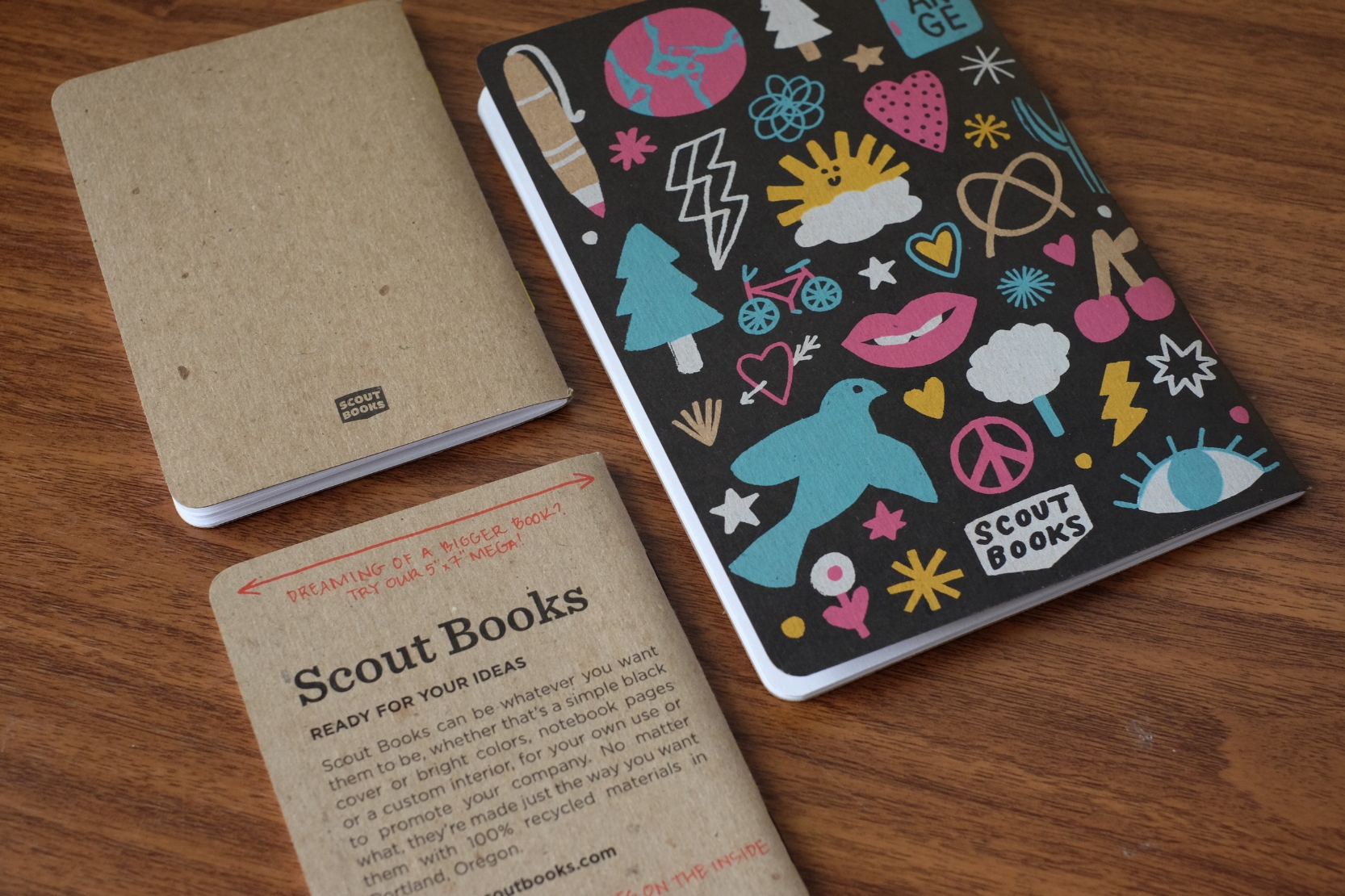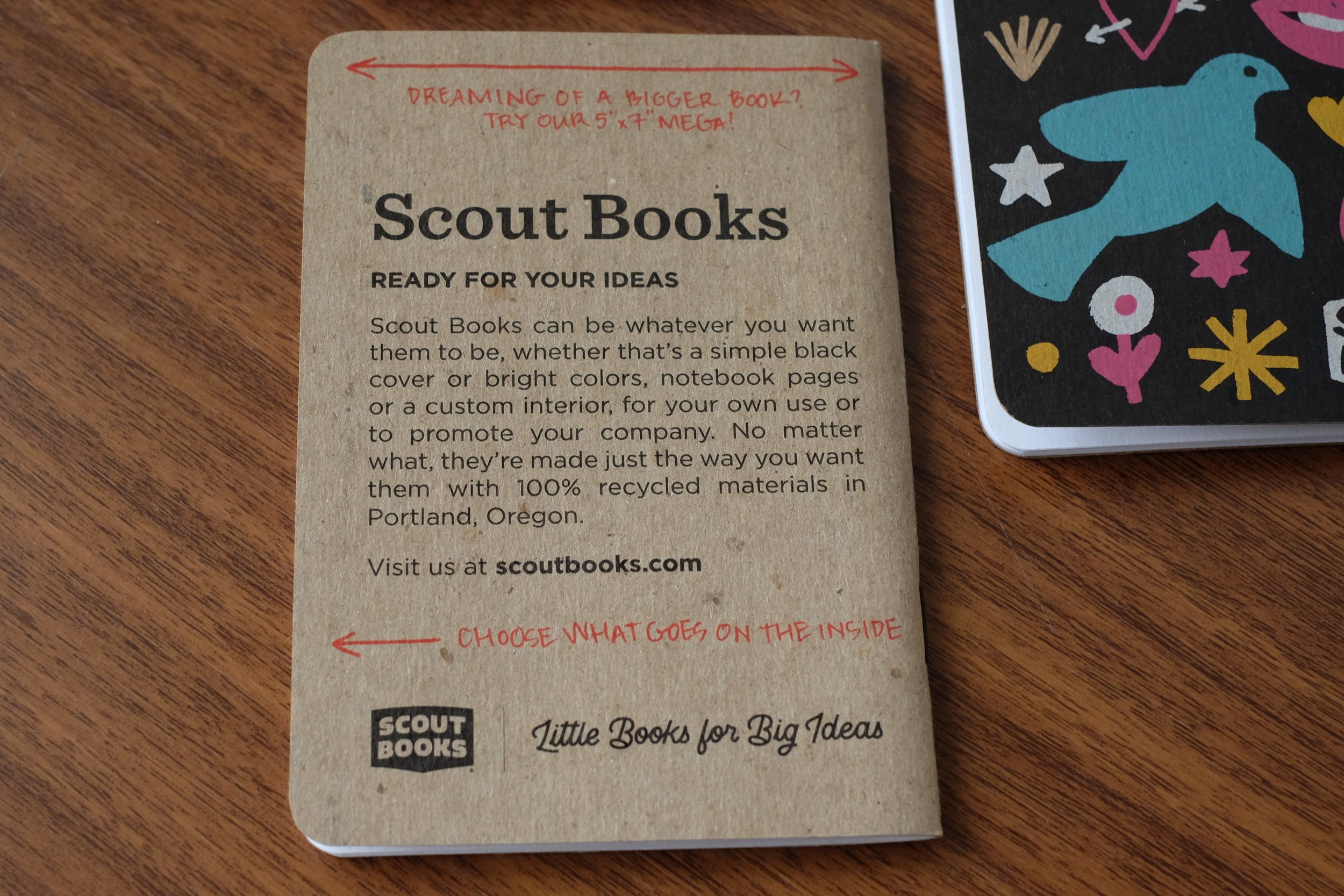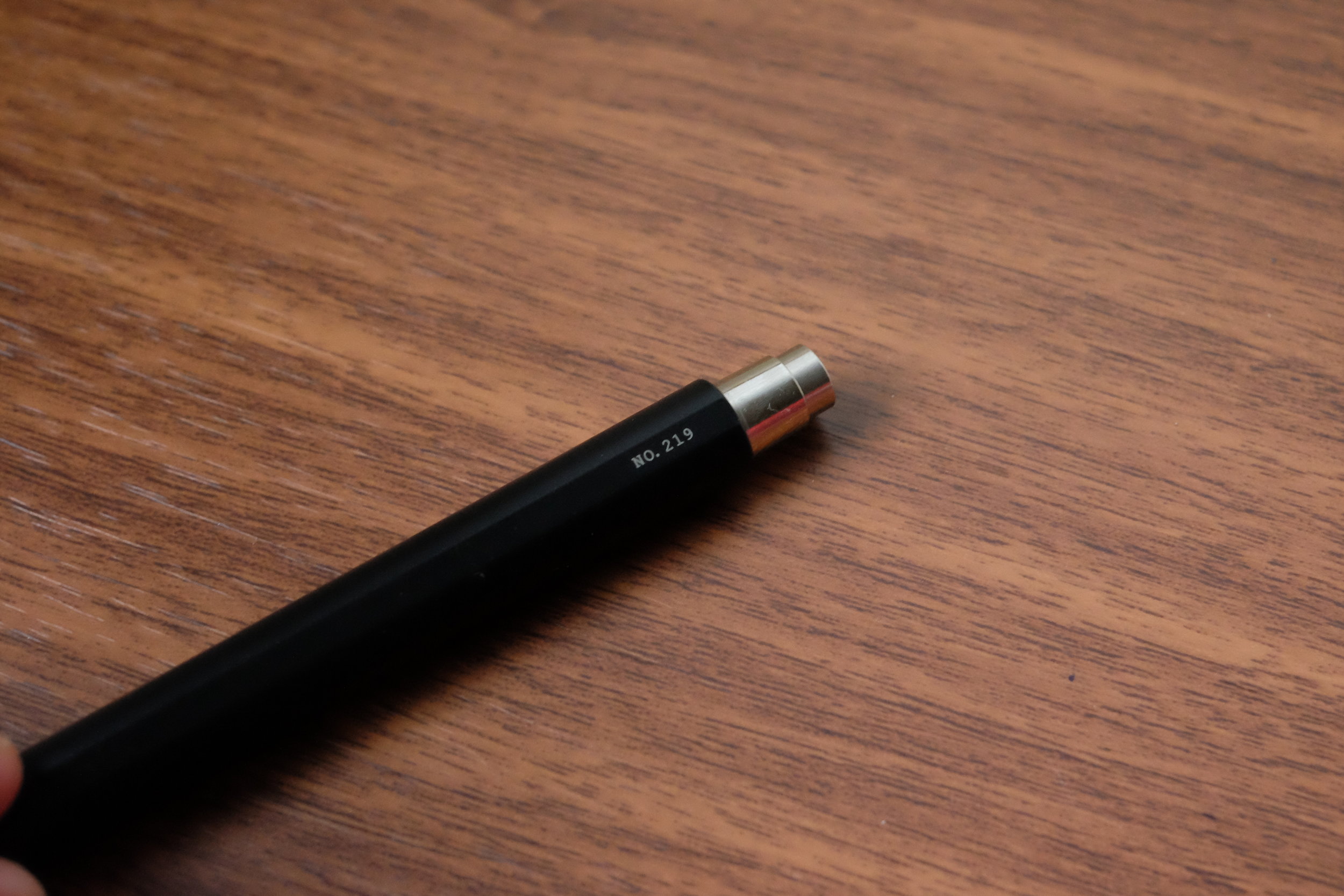Portland, Oregon-based Bull & Stash were kind enough to send me one of their large "Stash" notebooks for review several weeks back. Bull & Stash is a relatively new company, focused exclusively, from what I can tell, on their notebook line and paper refills. The notebooks follow the increasingly popular Travelers Notebook-esque "foldover" format, but with an interesting twist on the binding/refill. Ultimately, the notebook's limited capabilities hold it back from being something I could use on a daily basis, but I still found it to be a very well-made product. Let's take a closer look.
Bull & Stash bills their notebooks as a "buy-it-once" item: "Choosing a notebook should be a thoughtful decision you make once and get to enjoy over a lifetime." I'm not sure that I buy into that (as someone who probably has 50+ notebooks lying around), and certainly not with this particular notebook, but setting aside the marketing, the "Stash" is high quality.
Bull & Stash notebooks are hand-assembled in the United States from top-grain Italian leather. The Company states that they source their 60 lb. paper locally in Oregon. Clearly, Bull & Stash has attempted a high-quality, USA-made notebook in the spirit of the Traveler's Notebook. Do they deliver? I would say yes on the overall quality, but as I mentioned, this product isn't quite there for me in terms of practicality and overall usability.
Light-brown leather might be my favorite, since it ages beautifully. This notebook will be no exception.
I have no complaints about the build of this notebook. The leather feels nice in the hand - supple, yet still rugged looking. The notebook features a unique refill system, using a two-hole binding system that at first glance appears proprietary, but with a bit of work you would easily be able to make your own custom refills from the paper of your choice. The Bull & Stash paper itself is serviceable, but I'm not sure I would call it "bleed resistant." I experienced some bleed-through from fountain pens and other liquid ink rollerballs, but to be honest it probably doesn't matter here.
Due to the nature of the binding and the stock paper being ruled on one side, you can only use one side of the page. The result is more of a "covered notepad" rather than a true notebook, though I will say that if you're someone who scans their notes the one-sided looseleaf refill would make it very easy to do so. A key personal concern is the lack of an elastic closure or clasp. My notebooks serve as my organizers and catch-all's for loose bits of paper captured on scraps of paper, things I've printed off the internet, etc. The Stash makes this difficult, unless you want to supply your own band.
The big distinction: The Traveler's Notebook holds up to three refills, plus folders, carry-alls, and more. Plus, it closes with an elastic band that's attached to the cover, which makes it easier to use as a portfolio (provided you don't mind folding your paper).
On the other hand, one thing I do appreciate about the Stash is the ability to customize the refill. Bull & Stash sells blank, lined, graph, and dotgrid paper, and since it's sold in looseleaf form pre-punched for the two-hole binding, you can mix the different types of paper to create a notebook with your preferred combination of paper (i.e., half-ruled/half-graph, alternating sheets of graph and dot-grid, all blank, etc.).
Takeaways and Where to Buy
Overall, Bull & Stash makes a high-quality notebook, and a lot of thought and creativity has gone into the design. While this notebook doesn't meet my particular needs for a daily carry, that doesn't mean that it wouldn't work for you, and I freely acknowledge that I'm a bit of an outlier in terms of how I use my notebooks on a daily basis. I manage a lot of different cases/projects/side-businesses simultaneously, so a single-refill notebook in this format can't practically be my "go-to." Still, it's a nice notebook, and I plan to keep an eye on Bull & Stash and what they might release in the future.
The easiest way to purchase a Bull & Stash notebook is directly from the company via their online store. They sell their notebooks in two sizes: the larger "Stash" (5.5" x 8.75") and the smaller "Travel Stash" (3.4" x 6"), priced at $50 and $25, respectively. Refills cost $6-7 (depending on size) for 50 pages of pre-punched blank, lined, graph, or dot-grid paper. If you wanted to make your own refill using paper of your choice, it wouldn't be difficult - just cut it to size and punch holes for the eyelets.
Disclaimer: This product was sent to me free of charge by Bull & Stash for purposes of this review. Many thanks to their team for making this review possible. This post contains affiliate links.











